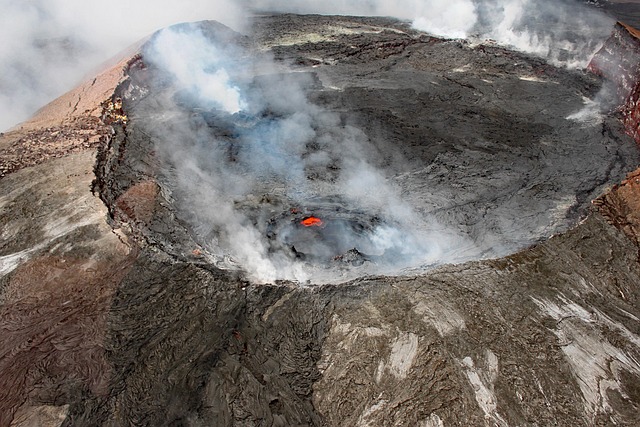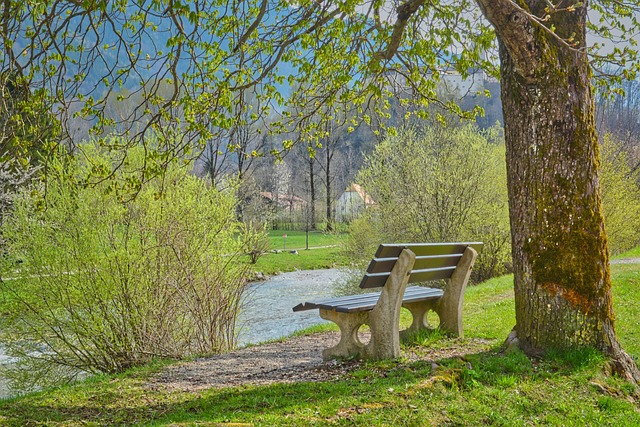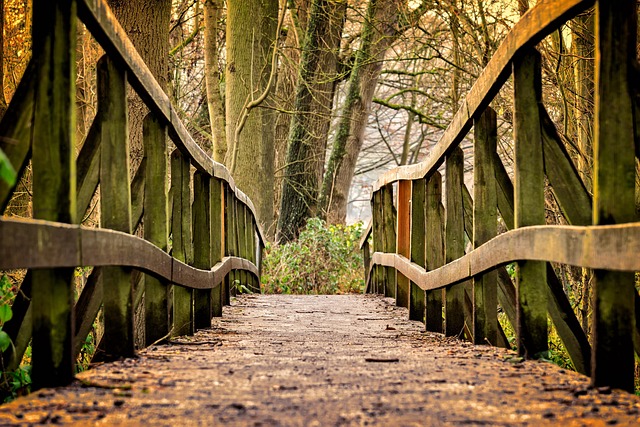Tree-lined streets significantly impact real estate markets by offering tranquil, naturally beautiful urban environments with enhanced visual appeal, increased property values, and a sense of community. These features attract families seeking positive lifestyle experiences that combine well-being and nature within urban settings. Small towns with dense greenery hold immense allure, appealing to homebuyers wanting a peaceful retreat from urban life. Integrating nature through tree-lined streets in real estate development is revolutionizing urban planning by creating sustainable environments with reduced noise, improved air quality, and thriving social spaces, thereby increasing property values.
Tree-lined streets and small-town charm offer more than just scenic views; they cultivate a sense of community and enhance real estate value. In today’s market, buyers seek environments that blend natural beauty with a welcoming atmosphere, making these features paramount for real estate developers. This article explores the appeal of tree-lined avenues, their impact on homebuyer preferences, and strategies to integrate nature into real estate developments, fostering thriving communities. From boosting property values to creating desirable destinations, discover why these elements are essential in the real estate landscape.
The Appeal of Tree-Lined Streets: Why They Matter in Real Estate

Tree-lined streets have a captivating allure that significantly impacts real estate markets. One of their primary charms is the sense of tranquility and natural beauty they bring to otherwise urbanized areas. As potential homebuyers seek more peaceful surroundings, these streets become highly desirable, often commanding premium prices in the real estate sector. The presence of mature trees provides shade, reduces noise pollution, and creates a visually appealing landscape, enhancing the overall quality of life for residents.
In real estate terms, tree-lined avenues can increase property values, attract families, and foster a sense of community. The aesthetic appeal extends beyond individual homes; it enhances the entire neighborhood’s character, making it an attractive location for people to live, work, and play. This natural amenity contributes to a positive lifestyle experience, which is increasingly sought after in today’s market, where buyers prioritize well-being and connection to nature within urban settings.
Small-Town Atmosphere: Unlocking the Desirability Factor for Homebuyers

In the realm of real estate, the allure of small towns with tree-lined streets is undeniable. This picturesque setting fosters a sense of community and tranquility that many homebuyers seek. The dense greenery along these avenues creates a welcoming ambiance, offering residents a peaceful retreat from urban hustle and bustle. This natural beauty becomes a key selling point, attracting those who desire a close connection to nature while still enjoying the benefits of small-town living.
The desirability of such neighborhoods lies in their ability to provide a unique blend of serenity and accessibility. Tree-lined streets often signal well-maintained areas with a strong sense of place. Homebuyers are drawn to this charm, prioritizing real estate that not only provides a safe and comfortable environment but also enhances their overall quality of life. This small-town atmosphere, coupled with the aesthetic appeal of trees, creates a desirable and sought-after residential experience.
Integrating Nature and Community: Creating a Welcoming Environment in Real Estate Development

In the realm of real estate development, integrating nature and fostering a small-town atmosphere is proving to be a game-changer. By incorporating tree-lined streets into urban planning, developers are not only enhancing esthetics but also creating a welcoming environment that resonates with buyers seeking a closer connection to the outdoors. This strategy goes beyond mere landscaping; it underscores a growing trend towards sustainable and livable communities.
The presence of trees along streetscapes offers numerous benefits, from reducing noise pollution and providing shade to improving air quality and mental well-being. These natural elements contribute to a serene ambiance, making neighborhoods more attractive and fostering a sense of community. In today’s digital era, where folks crave tangible connections, tree-lined streets serve as a vibrant tapestry, luring residents outdoors and encouraging interaction. This, in turn, drives real estate values and creates a thriving social landscape within the development.






